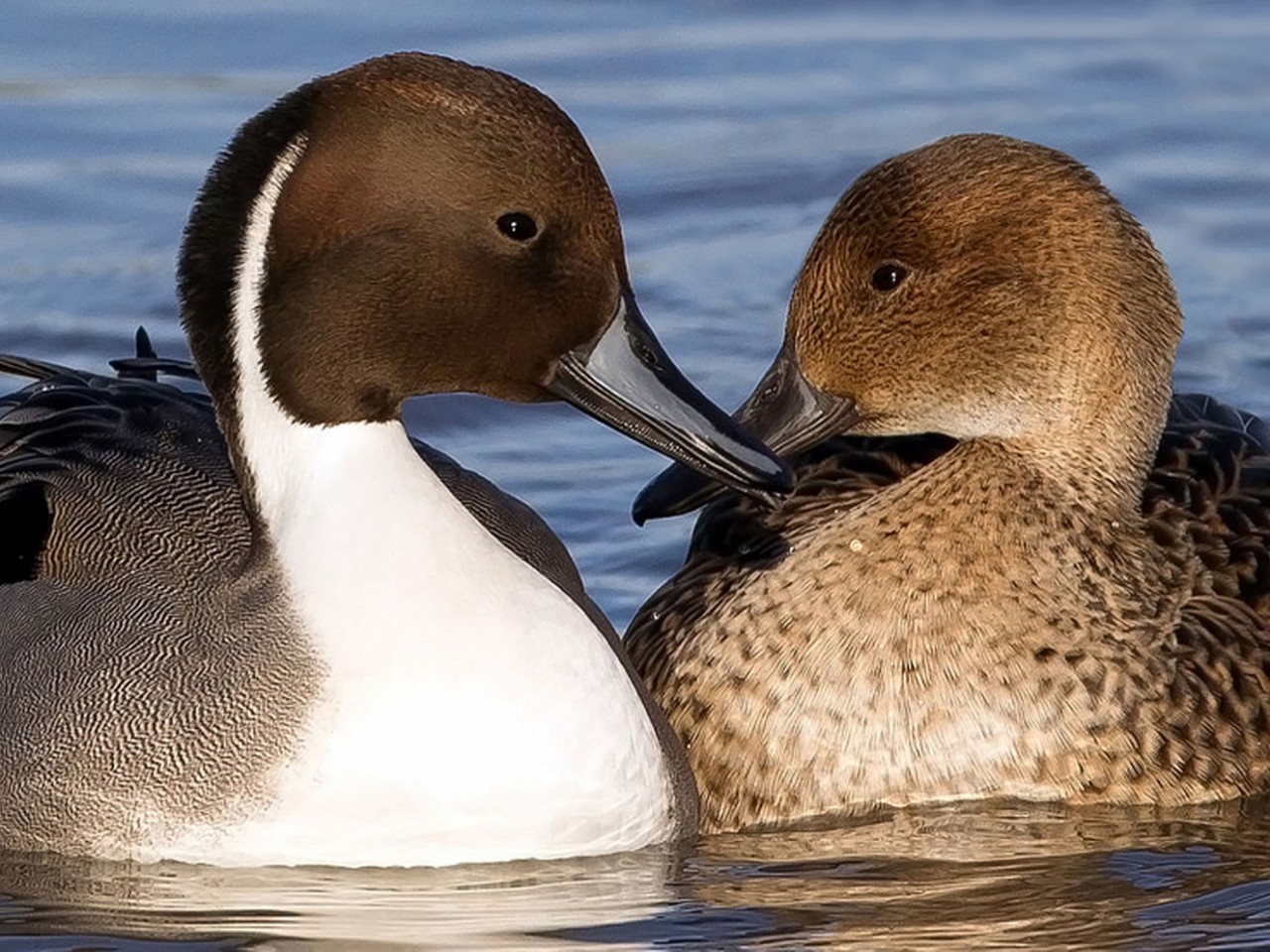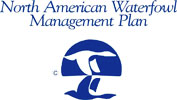North American Waterfowl Management Plan


By 1985, waterfowl populations had fallen to record lows. The waterfowl management community in the United States and Canada reacted by developing a strategy, known as the North American Waterfowl Management Plan (NAWMP), to increase populations through habitat protection, restoration, and enhancement.
The Plan is international in scope, but implemented at regional levels. Its success is, in part, dependent upon the strength of regional partnerships called Migratory Bird Joint Ventures (internal link to Joint Venture page).
What can the North American Waterfowl Management Plan offer land trusts?
The 2012 Plan Revision provides a renewed vision for the future of waterfowl and wetlands conservation. Appendix B (page 41) presents the areas of greatest continental significance to ducks, geese, and swans. Land trusts, whose service areas overlap with these areas of significance, could garner more resources for their conservation efforts by partnering with private and public organizations interested in waterfowl conservation. The best way to locate these partners is by connecting with a land trust’s regional Joint Venture (internal link).
The North American Wetland Conservation Act (NAWCA) grants (internal link to NAWCA funding page) were created, in part, to support the conservation priorities of NAWMP. NAWCA proposals are more competitive, leading to higher rates of success and more funds, when applicants coordinate with their regional Joint Venture (internal link to Joint Venture).


